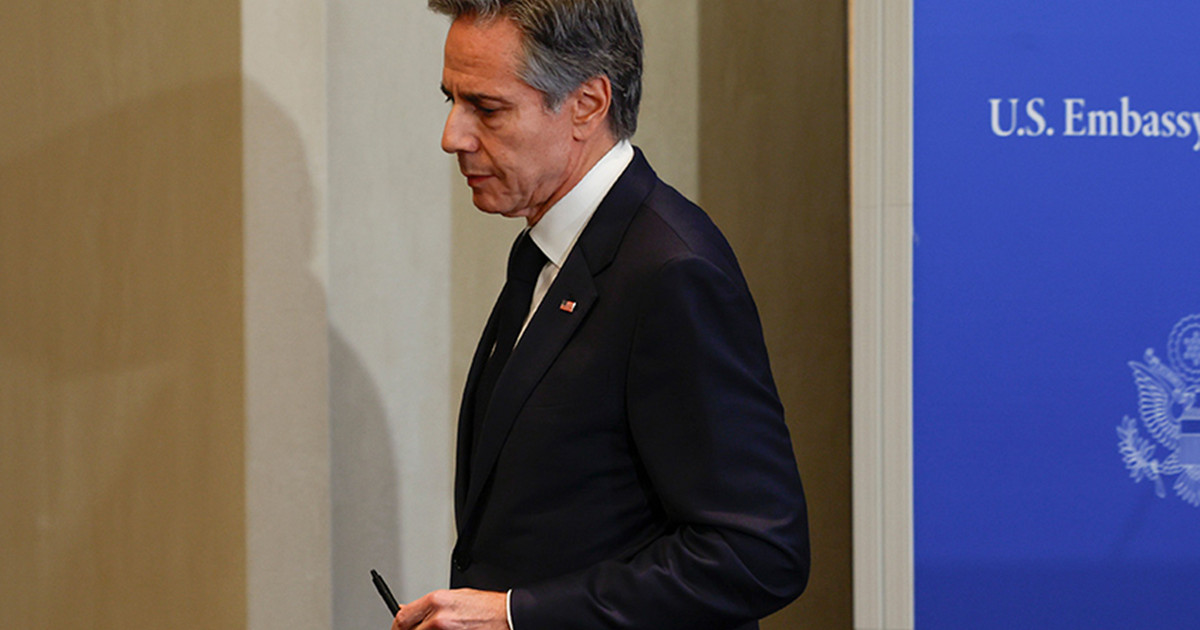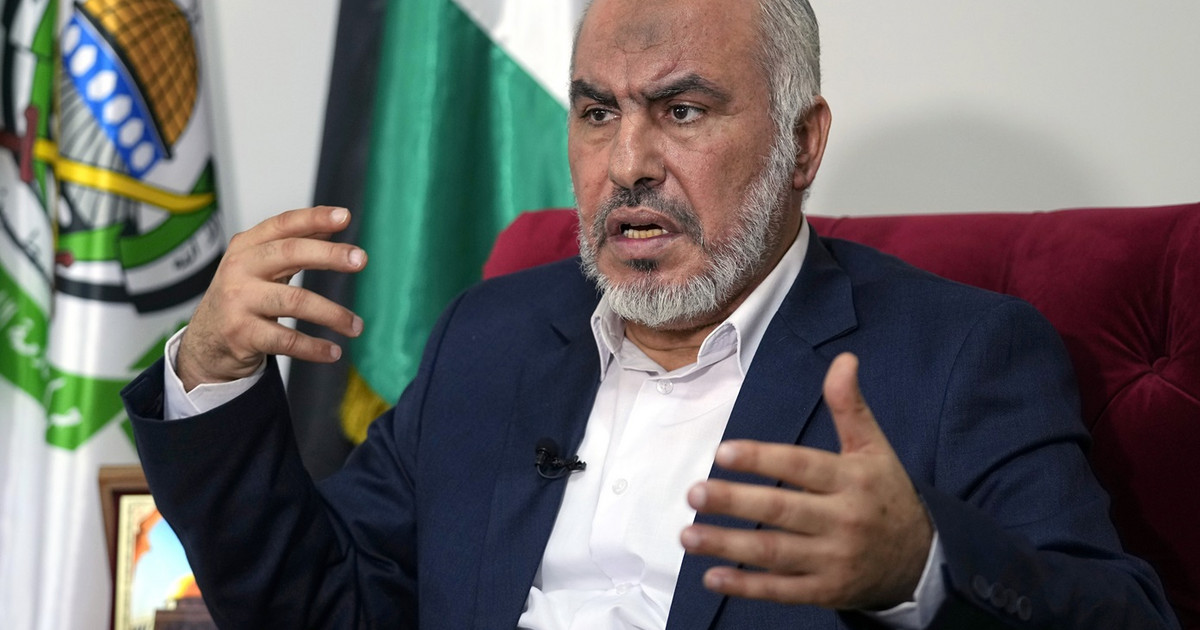After Pink October, the Blue november promotes awareness of men’s health care, with emphasis on the prevention and fight against prostate cancer. This year, the action has the theme “Health is also a man’s talk”.
Data collected by the Brazilian Society of Urology (SBU) with the Ministry of Health show that women go to the doctor more than men. Last year, for example, in the Unified Health System (SUS), there were 862 million attendances for the female public against 725.4 million for males. This year, until June, there were 379.4 million against 312.4 million.
In the first half of 2022, there were 1.2 million consultations for female patients by gynecologists and only 200 thousand male patients by urologists.
“We know that women take better care of their health and go to the doctor regularly, more than men. This means that women have a life expectancy of seven to eight years longer than men”, points out the president of the SBU, Alfredo Canalini, to the CNN .
According to the Ministry of Health’s Outpatient Information System, last year, 16,055 Brazilian men died from prostate cancer, the most common male after non-melanoma skin cancer and the second most deadly, behind lung cancer. . That is, the country recorded 44 deaths per day from the disease.
Blue November seeks to reduce these numbers by calling on men for preventive and diagnostic measures, especially after the pandemic period, which affected care.
The number of prostate biopsies in the SUS, for example, dropped from 40,408 in 2019 to 31,888 in 2020 (-21%), the first year of the arrival of the coronavirus. In Acre, this drop reached 90% and, in Mato Grosso, 69%. In 2022, until August, there were 27,686 biopsies in the country, based on figures from the Ministry of Health.
The collection of prostate-specific antigen (PSA), a blood test complementary to the diagnosis, also showed a reduction in the order of 27%. In 2019, there were 5.7 million, against 4.1 million the following year.
Data from the Ministry of Health, obtained at the request of the SBU, still show the reflection of the pandemic on cancer treatment: the number of surgeries for prostate removal fell by 21.5%.
The president of the Brazilian Society of Urology believes that it is a time to resume health care, with special attention to repressed demand.
How is the prevention and diagnosis of prostate cancer made?
According to Alfredo Canalini, the first step is the digital rectal exam. If the doctor feels any suspicious changes and there is a significant change in PSA, the second step is a biopsy for confirmation.
This process is especially important for three risk groups, which must ensure a periodic routine of tests from the age of 45: black men; men who had close relatives with prostate cancer, such as a father, brother or grandfather; and still obese. For other men, the urologist’s evaluation is indicated from the age of 50.
“Early diagnosis is what will reduce the number of deaths. In these cases, the chance of cure is very high, greater than 90%. Man has to lose the fear of going to the doctor. One image I like to use is a car. Sometimes, the man has that car, looks at the radiator, the oil, the tire pressure, but he doesn’t care about his own body. If the car breaks down, you can buy another one. Health is not how it works”, he warns.
For this year, the National Cancer Institute (Inca) estimates 65,840 new cases of prostate cancer, a disease practically asymptomatic in the initial phase. In a more advanced stage, it causes signs such as erectile dysfunction, difficulty urinating and the presence of blood in the urine.
The prostate is a gland in the male reproductive system. Its proper functioning is linked to a healthy lifestyle, with regular physical exercise, good nutrition, weight control, no smoking and prevention of sexually transmitted infections (STIs).
Source: CNN Brasil
I am an experienced journalist and writer with a career in the news industry. My focus is on covering Top News stories for World Stock Market, where I provide comprehensive analysis and commentary on markets around the world. I have expertise in writing both long-form articles and shorter pieces that deliver timely, relevant updates to readers.






